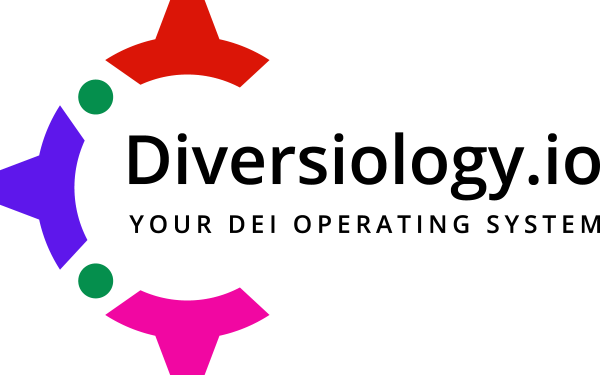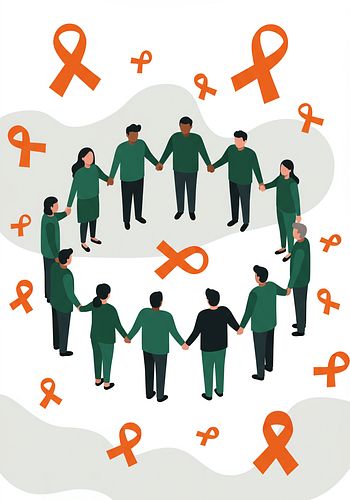📜 The Rich History of Cinco de Mayo and Its Significance in Holidays and Days of Recognition
Cinco de Mayo, or the Fifth of May, commemorates the Mexican Army’s unlikely victory over French forces at the Battle of Puebla on May 5, 1862. Contrary to popular belief, it is not Mexico’s Independence Day—that honor belongs to September 16. In the United States, Cinco de Mayo has evolved into a broader celebration of Mexican culture and heritage, spotlighting Mexican food, music, and traditional dances. This day offers a vibrant example of how holidays and days of recognition can celebrate cultural diversity and history, making it an essential inclusion in discussions about diversity holidays and days of recognition.
🌍 The Dimensions of Diversity Supported by Cinco de Mayo
Cinco de Mayo supports various dimensions of diversity, primarily cultural and ethnic diversity. It provides an opportunity to recognize and appreciate the rich Mexican culture and its impact on the fabric of American society. This celebration helps promote cultural awareness and supports a more inclusive environment where people can learn about and appreciate traditions different from their own. By engaging in this celebration, individuals and organizations can foster an understanding of the diversity within the Hispanic community, further embracing the broader spectrum of diversity holidays and days of recognition.
To dive deeper into the significance of Cinco de Mayo and explore more about inclusive engagement in today’s diverse environments, join the Diversiology community. Check out our comprehensive diversity calendar and discover extensive articles, insights, and tools designed to enhance your understanding of Diversity, Equity, and Inclusion. Become a part of the premier community of learners and leaders committed to making a difference – one story, one conversation, one resource at a time.








